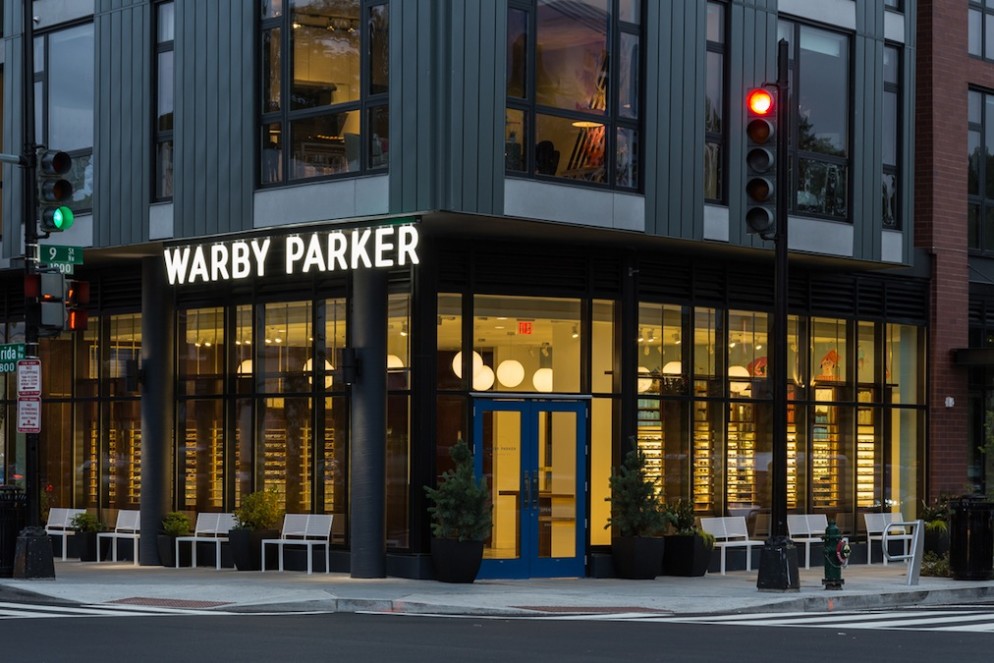Jun 22, 2017
In the Digital Age Sales & Customer Service are Changing Drastically—But Also Not All
“What consumers want today are experiences—memorable events that engage each individual in an inherently personal way,” says Joseph Pine, co-founder of Strategic Horizons, LLP. “Businesses must, therefore, race the principles of the Experience Economy to stage ever-more engaging experiences.”
With the rise of the experience economy, people are choosing to invest in brands that offer more immediate, multimedia shopping experiences with individualized customer service. Social media has been a major catalyst to this experiential consumer craving and is fostering some entirely new (and old) ways of shopping.
The Switch to Bricks
While some long-time, traditional retail brands are closing stores across the country (Gap, Macy’s, J. Crew, Sears), e-brands like Amazon, Warby Parker, BirchBox and Fabletics are moving from online platforms to brick and mortar ones.
The move from online to direct-to-consumer brick-and-mortar store is a growing trend among younger brands that started out online. Moving to a physical storefront enables e-stores to connect with a larger number of clients and to create stronger bonds with their established customer base. E-tailers also have the advantage of being able to use data from their e-commerce platform to determine the best store location and most selling inventory. Amazon’s bookstore, for example, stocks only the top 5,000 titles based on the highest customer ratings on Amazon.com.
Clearly, physical stores are still vitally important for experiential shopping, but the influence of digital touchpoints is a game changer.
Digital and In-Person Experiences Merge
Angela Ahrendts, the former CEO of Burberry, said, “Walking into a Burberry store needs to feel like walking into our webiste.”
“Ahrendts reversed a fundamental retail assumption—that you should take the offline experience and replicate it online,” explains Peter Shehan, CEO of Karrikins Group, a consultancy focused on innovative business trends and new market opportunities.
In many stores, product displays are inspired by websites which encourage shoppers to browse. In Saks Fifth Avenue they “lay things down flat on tables, just like you’d see on a website,” says President Marc Maetrick. Likewise, at Amazon Books, the books are displayed with the cover facing out—rather than the traditional spine-out display—the same way you view the books on the website. Blending technology, such as the cloud, CRM, analytics, and social media, with the physical environment allows retailers to customize the experience.
“We believe the future of retail sits at the intersection of e-commerce and brick and mortar,” says Neil Blumenthal, co-founder of Warby Parker. “The two experiences should be seamlessly integrated and complementary.”
Purchasing and Inventory Changes
The retail space is being reimagined into a gallery or showroom, and sometimes an event space. Not only is the in-store shopping experience changing, but the very way customers purchase items is changing as well. Eyeglass retailer Warby Parker does not stock inventory in its stores. Instead, it operates on a showroom model, where customers try on products in the store and have them delivered to their homes.
At the same time, mobile wallets technologies like Apple Pay are making it easier for customers to pay while providing more time for salespeople to focus on customer service.
These changes to when, where, and how we shop also reflect the imperative of multi-channel marketing. Retailers that will thrive in the experiential economy are those who aim to provide customers with a seamless shopping experience from desktop to mobile device to brick and mortar store. Rather than treating online and in-person sales as two separate experiences, shopping is now entering a state where multiple channels combine to make up a total retail experience.
The content writers at BigSpeak Speakers Bureau are Experts on the Experts. They hold doctoral, masters, and bachelors’ degrees in business, writing, literature, and education. Their business thought pieces are published regularly in leading business publications. Working in close association with the top business, entrepreneur, and motivational speakers, BigSpeak content writers are at the forefront of industry trends and research.
Tags
